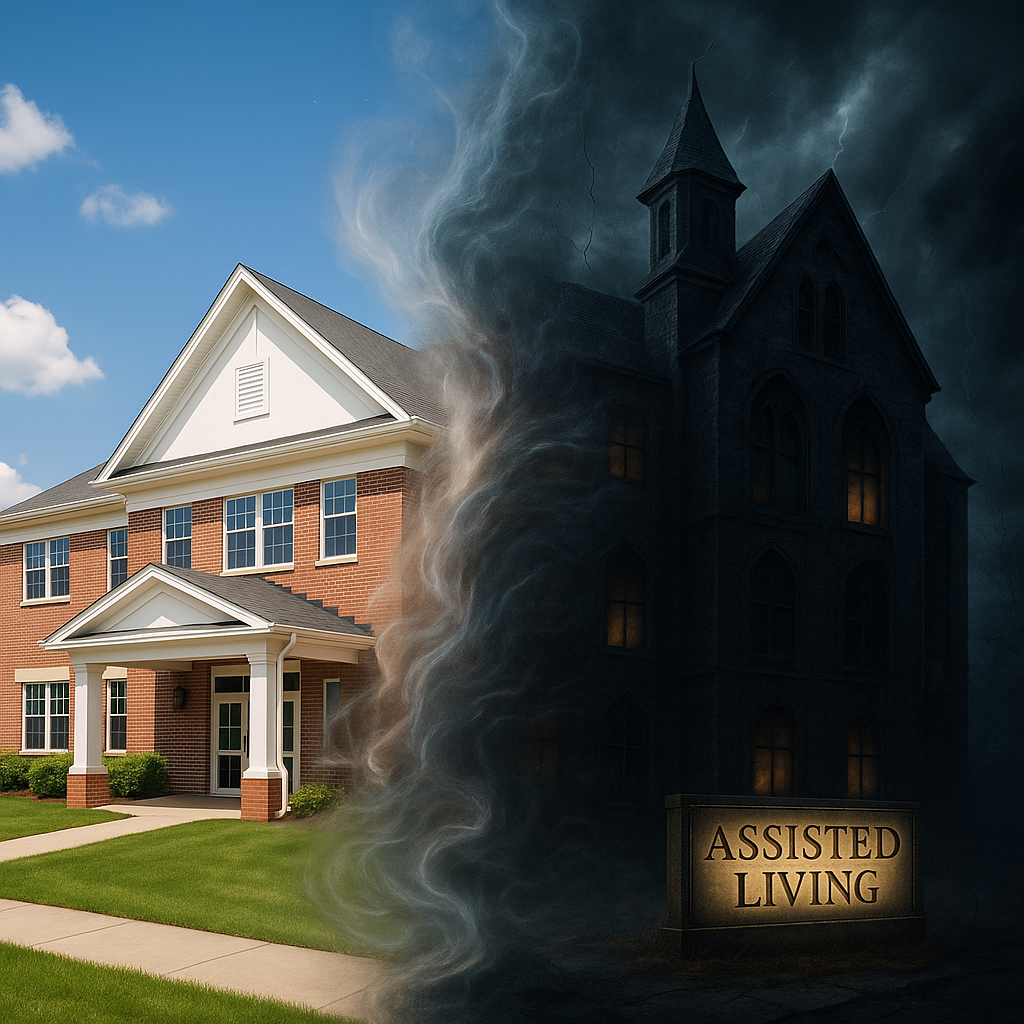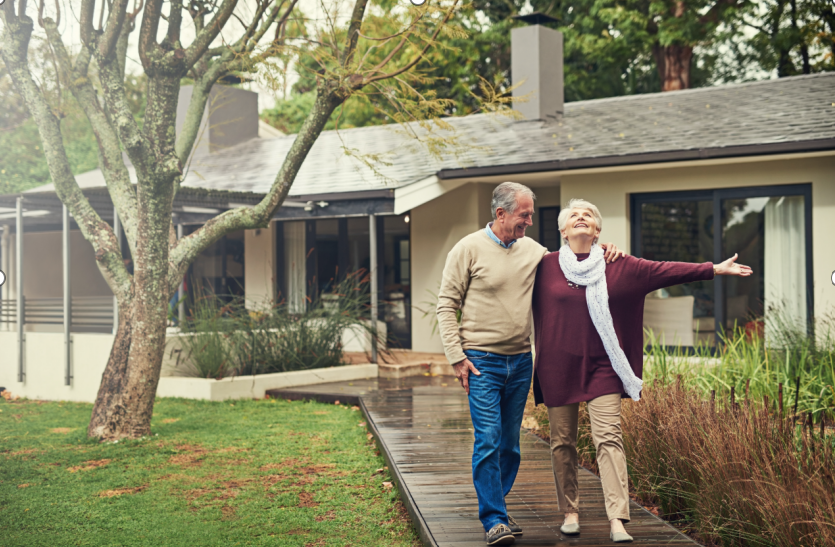December 16, 2025
Chronic pain affects millions of older adults, often from arthritis, nerve conditions, old injuries, or long-term illnesses. For seniors, chronic pain can interfere with sleep, movement, mood, and independence—but it does not have to define daily life. With the right mix of habits, support, and care strategies, many seniors continue to enjoy meaningful, active, and connected lives. Overview Living well with chronic pain usually comes down to three things: managing pain safely, staying physically and socially engaged, and protecting emotional health . Small, consistent adjustments often make a bigger difference than dramatic changes. Understanding the Daily Challenge Pain isn’t just physical. It can quietly shrink routines—fewer outings, less movement, more isolation. Over time, that can lead to stiffness, fatigue, and frustration. The goal isn’t to “power through” pain, but to work with your body in ways that reduce flare-ups and preserve energy for what matters most. Gentle Strategies That Support an Active Life Here are several approaches that many seniors find helpful when used together: Regular low-impact movement such as walking, swimming, or chair exercises Pacing activities instead of doing too much on “good days” Using heat or cold for temporary pain relief Maintaining social connections to reduce isolation Communicating openly with healthcare providers about what helps and what doesn’t Each of these supports daily function without placing extra strain on the body. A Simple How-To: Building a Pain-Smart Daily Routine A routine creates predictability, which can lower stress and pain intensity. Step-by-step approach: Start slow in the morning with stretching or warm showers to loosen joints Schedule movement earlier in the day when energy is highest Alternate activity with rest, even if you feel capable of doing more Plan one enjoyable activity daily (reading, gardening, calling a friend) Wind down consistently at night to support better sleep This kind of structure helps prevent pain spikes while keeping life full. Exploring Hands-On Care Options Some seniors benefit from hands-on therapies that focus on alignment, mobility, and nervous system function. Seeing a chiropractor can help certain people manage back pain, neck pain, or joint stiffness by improving movement and reducing physical stress. If pain is related to a vehicle collision, it’s especially important to find a car accident chiropractor who is skilled in treating injuries such as whiplash, herniated disks, and spinal cord or soft tissue damage. Treatment duration can vary widely—some people need only a few visits, while others require longer-term care depending on injury severity and how the body responds. Emotional Well-Being Matters More Than You Think Chronic pain and mood are closely linked. Anxiety and depression can increase pain sensitivity, while pain can lower motivation and hope. Many seniors find relief through: Mindfulness or breathing exercises Support groups (in-person or online) Counseling or pain-focused cognitive behavioral therapy Feeling heard and supported can make pain feel more manageable.














